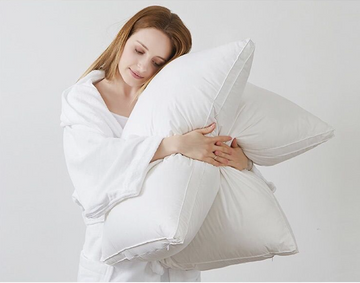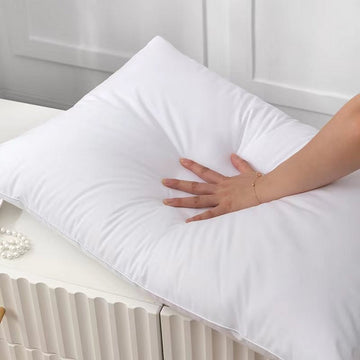Introduction to Bedroom Linens
Understanding the Purpose of Bed Covers
Bed covers are not just for warmth. They also add style to your bedroom. A well-chosen cover can turn a plain bed into a cozy retreat. But their use goes beyond look and feel. Covers like comforters and duvets help you control your sleeping temperature. This means better sleep. Bed covers are easy to clean too. They protect your mattress and sheets from dust and spills. Using covers can also save you money. They cut down on the need for frequent bedding washes. In short, bed covers serve many purposes. They are key for comfort, style, and bed protection.

A Brief History of Bedroom Comfort
The quest for a good night's sleep has been a constant through history. In ancient times, bed coverings weren't just for warmth, they symbolized status too. By the 17th century, elaborately designed bed linens signified wealth and class in Europe. As times changed, the focus turned to comfort and health, leading to the development of the comforter in America and the duvet in Europe. These innovations aimed for maximum comfort with minimal effort. Now, they're everyday bedroom staples, offering cozy, hassle-free slumber.
The Comforter: Cozy and Convenient
Features of a Comforter
Comforters are known for their plush, quilted design that offers warmth and a sense of coziness. They typically consist of a thick filling, often made of synthetic fiber or down, encased in a soft outer shell. One of the key features is that they are a single piece, which means there's no need for a separate cover. This makes them incredibly easy to use and maintain. The outer layer is usually decorative and comes in a variety of colors and patterns, allowing them to serve as a bedspread as well. Moreover, most comforters are machine washable, making them convenient for regular cleaning.
Tips for Choosing the Right Comforter
- Consider the Climate: Opt for a lighter comforter in warm climates, and a thicker one for cold weather.
- Check the Fill Material: From down to synthetic fibers, choose one that matches your comfort and allergy needs.
- Size Matters: Ensure the comforter fits your bed size, with enough hangover on the sides.
- Style and Design: Pick a color and pattern that complements your bedroom's decor.
- Maintenance Needs: Look for comforters that are easy to clean and care for, considering your lifestyle.
- Thread Count: A higher thread count often means a softer and more durable comforter.
- Budget: Set a price range that works for you but remember, quality is key for longevity.
The Duvet: European Elegance and Simplicity
How to Select the Perfect Duvet
Choosing the perfect duvet can enhance your sleep quality and bedroom aesthetics. To ensure you select a duvet that meets your needs, consider the following aspects:
- Fill Material: Options like down, feathers, and synthetic fibers affect warmth and weight.
- Thread Count: Higher counts mean finer threads and a softer duvet cover.
- Warmth Level: Decide if you need a light summer duvet or a thicker one for colder months.
- Size: Ensure it fits your bed snugly, accounting for any mattress topper or extra depth.
- Care Instructions: Opt for machine-washable duvets for ease, or consider professional cleaning for luxury fabrics.
- Allergies: Hypoallergenic materials can prevent sleep disruptions from allergies.
- Price: Duvets range in price; balance your budget with your comfort preferences.
By prioritizing these key points, you'll find a duvet that not only suits your personal style but also contributes to a restful night's sleep.
Comforter vs. Duvet: Making an Informed Decision
Key Differences to Consider
- Fill Material: Comforters often use synthetic fill, duvets natural down.
- Care and Cleaning: Duvets are easier to clean; remove the cover and wash.
- Warmth and Weight: Duvets can be warmer but lighter than comforters.
- Appearance: Comforters are quilted; duvets are flatter and need a cover.
- Versatility: Duvets allow for easy style changes with different covers.
- Cost: Initial duvet purchase can be higher, but covers may reduce long-term costs.
How to Decide Which Is Best for You
Choosing between a comforter and a duvet depends on personal preference and lifestyle factors. Think about your bed-making habits. Do you prefer something that's easy to manage daily? A comforter may be the answer. If you enjoy customizing and often change up your bedroom look, a duvet with various covers could be the best fit. Consider the climate you live in too. Those in colder regions might appreciate the added warmth a duvet provides. On the flip side, if you're seeking an all-in-one, easier to wash option, opt for a comforter. Lastly, ponder over your budget. Generally, duvets can be an initial investment, but they can also be cost-effective over time with the ability to change covers rather than buying new comforters.






